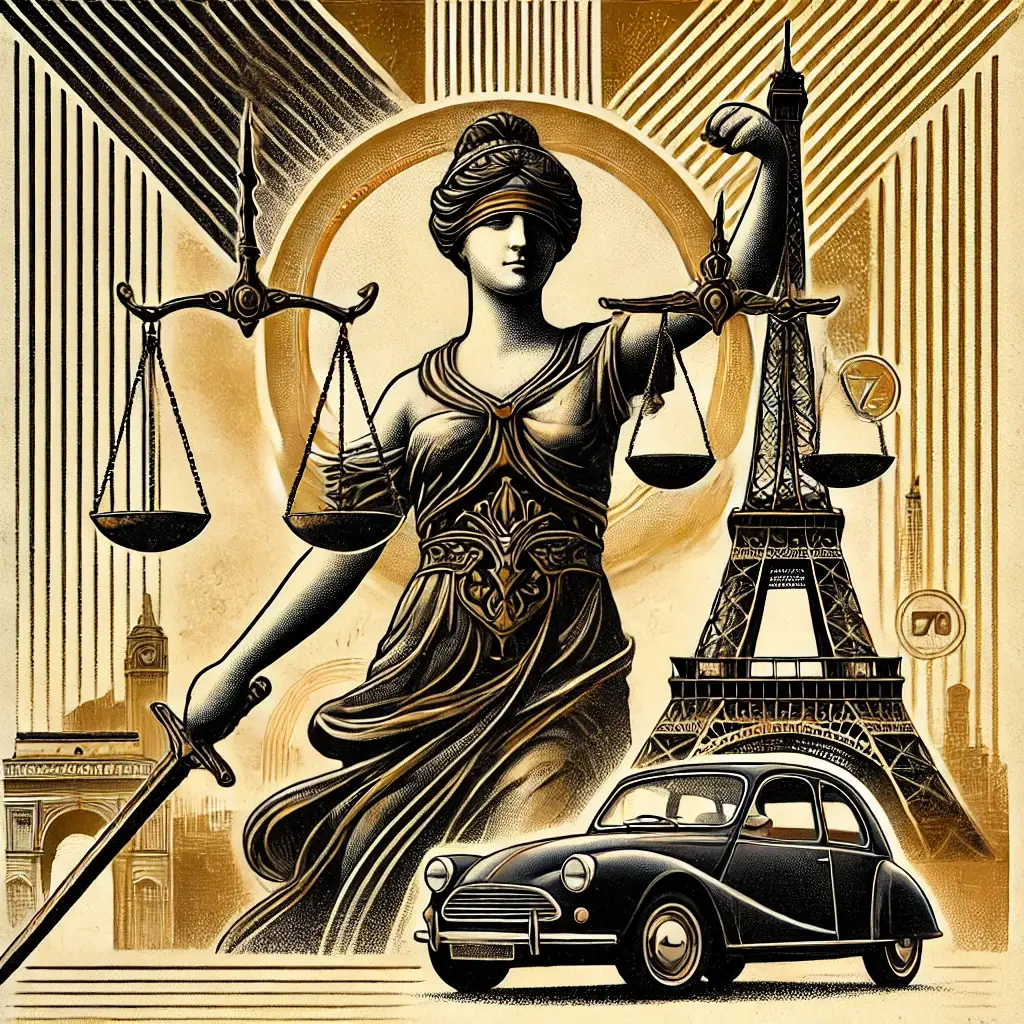Looking back, compliance has evolved into a complex, multi-dimensional concept that touches every aspect of modern life. It ensures that laws are respected, businesses operate transparently, technology is used responsibly, societies progress ethically, and the environment is protected. Here’s how I see its historical development:
Legal compliance is about ensuring that individuals, businesses, and governments follow applicable laws and regulations.
In the 19th century, the rise of industrialization brought significant social and economic challenges, such as child labor and unsafe working conditions. Early social protection laws emerged in Europe, focusing on labor rights and industrial safety.
By the 20th century, the aftermath of World War II prompted international organizations like the UN and the OECD to establish global norms for human rights and humanitarian law. Milestones like the Universal Declaration of Human Rights (1948) and the Geneva Conventions (1949) became global references. Legal frameworks expanded to cover areas like social security, international commerce, and environmental law.
In the 21st century, compliance has taken on new dimensions, driven by issues like data privacy (GDPR in 2018) and anti-corruption measures (Sapin II Act in France, 2016). International sanctions, trade embargos, and cross-border legal actions are now standard responses to legal violations.
Compliance in the business world ensures that companies follow economic laws and industry standards.
During the 1970s and 1980s, globalization reshaped the economy, prompting the creation of financial regulators and corporate governance principles to enforce transparency.
The 2000s saw major financial scandals like Enron (2001) and the collapse of Lehman Brothers (2008), which exposed fraudulent accounting practices. This led to strict regulatory frameworks, such as the Sarbanes-Oxley Act (2002), which mandated financial transparency and stronger internal controls.
Today, compliance efforts have intensified with anti-money laundering (AML) and counter-terrorist financing (CFT) laws enforced globally by organizations like FATF/GAFI. International Financial Reporting Standards (IFRS) and advanced financial controls have become essential pillars of corporate compliance.
The technological revolution has brought new risks, making digital compliance crucial.
In the 1990s, the rise of the Internet created challenges around cybersecurity and data privacy breaches. New laws began addressing these risks as tech companies expanded globally.
The 2000s saw data protection laws emerge, like France’s Data Protection Act, while the growth of e-commerce prompted regulations on electronic payments and consumer protection.
From the 2010s to 2020s, the EU’s GDPR (2018) set a global standard for data privacy. Tech giants like Google, Facebook, and Amazon faced heavy fines for violating privacy and antitrust laws. Cybersecurity compliance became essential to protect businesses and critical infrastructure from increasingly sophisticated cyberattacks.
Social compliance reflects how societies enforce cultural, moral, and ethical norms.
In the 20th century, traditional media like radio and TV helped standardize social behavior through cultural representations. Social movements such as the civil rights movement and the rise of feminism reshaped societal expectations.
In the 21st century, social media emerged as a powerful tool for regulating social behavior. Platforms like Twitter and Instagram became stages for global social movements like #MeToo and Black Lives Matter. Modern social norms are now set online, with “cancel culture” enforcing consequences for failing to meet these evolving expectations.
The #MeToo movement, which gained global momentum in the 21st century, is a prime example of how social media transformed into a tool for enforcing social accountability. Originating from a phrase coined by activist Tarana Burke in 2006, #MeToo exploded into a worldwide movement in 2017 after allegations against high-profile figures in the entertainment industry emerged. It became a rallying cry for survivors of sexual harassment and assault, empowering individuals to share their experiences and demand justice.
Environmental compliance has evolved to address the urgent need for environmental protection.
In the 1970s, ecological disasters like oil spills spurred the first environmental regulations aimed at reducing pollution.
The 1970s marked a turning point in environmental awareness due to a series of high-profile ecological disasters. Oil spills, chemical leaks, and industrial pollution exposed the fragility of ecosystems and the consequences of unchecked industrial activity. These events prompted governments to introduce the first significant environmental regulations aimed at reducing pollution and protecting natural resources. Notable examples include the 1969 Santa Barbara oil spill in California, which spilled over three million gallons of oil into the ocean, devastating marine life and sparking widespread public outrage. Similarly, the 1976 Seveso chemical disaster in Italy released toxic dioxins into the environment, highlighting the dangers of hazardous industrial practices. These incidents led to the creation of landmark environmental legislation, such as the U.S. Clean Water Act (1972) and the establishment of the Environmental Protection Agency (EPA). In Europe, similar regulations emerged, including the 1979 Convention on Long-Range Transboundary Air Pollution. The impact of these early environmental laws went beyond immediate disaster responses. They set standards for industries, enforcing stricter environmental compliance measures like pollution limits, waste management protocols, and environmental impact assessments. This era laid the foundation for modern environmental compliance frameworks and sustainability initiatives.
By the 1990s and 2000s, international agreements like the Kyoto Protocol (1997) and the introduction of ISO environmental standards (ISO 14001) encouraged businesses to adopt environmentally conscious practices.
From the 2010s onward, the Paris Agreement on Climate Change (2015) symbolized a global commitment to reducing the environmental impact of human activities. Governments began imposing stricter environmental sanctions, while ESG (Environmental, Social, and Governance) reporting became mandatory for publicly traded companies, holding businesses accountable for their environmental impact.
Conclusion
Compliance today extends far beyond legal mandates. It touches all aspects of modern life — law, finance, technology, society, and the environment — ensuring safety, fairness, transparency, and sustainability in an interconnected world. It’s no longer just about following rules; it’s about creating a global framework where integrity and responsibility are the foundation of progress.


